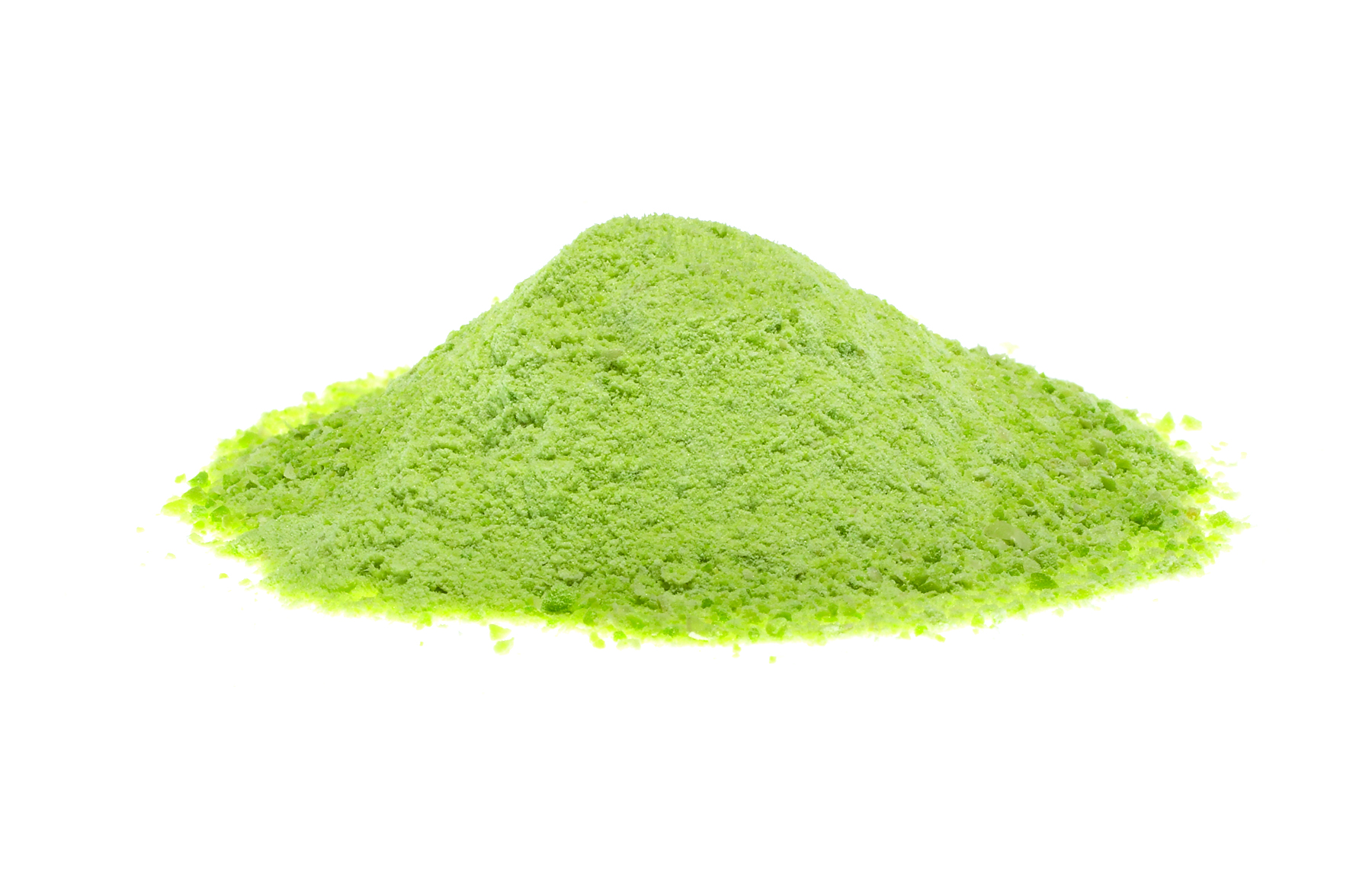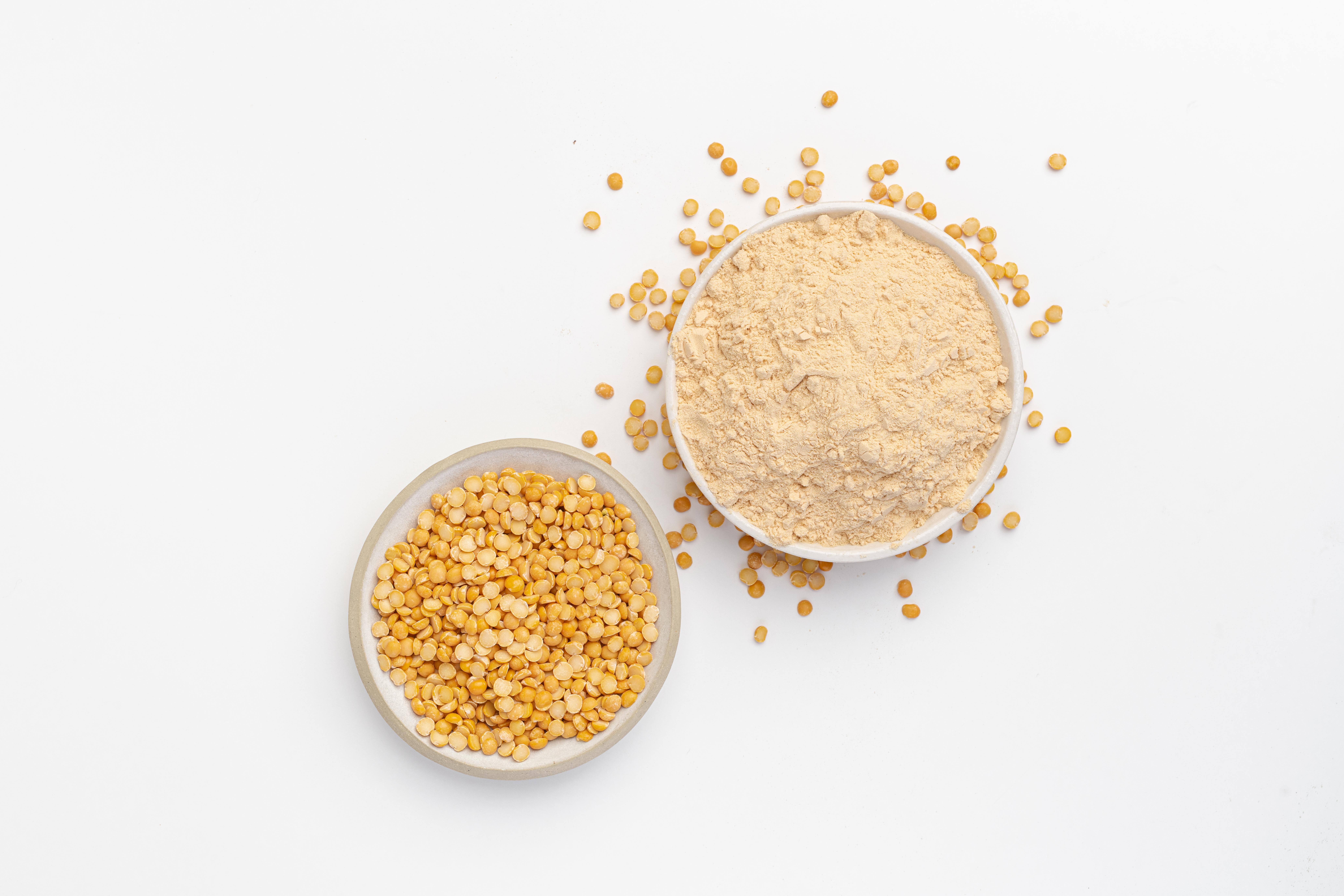A research project focused on the processing potential of pulses is creating marketable opportunities for Canadian farmers.
“Modifying pulse ingredients and increasing their utilization will create more demand from processors, leading to more demand from farmers,” says project leader and University of Saskatchewan professor Dr. Michael Nickerson. “The food industry and markets are pushing for plant-based foods. The goal of this project was to focus on pulse ingredients and how we can modify them to give a wider performance range and applicable to the food industry for product-development purposes.”
This project looked at the functionality of the ingredients found in pulse crops, such as yellow pea, green lentil, Kabuli chickpea, and navy bean, as well as their nutritional profiles. It also worked to develop new processing strategies aimed at the Canadian food sector.
“We sought to increase demand for seed, helping breeding programs from the science side, but also, we wanted this research to provide useful information to farmers seeking value-added opportunities,” says Dr. Nickerson. “This project will help support them and provide them with needed knowledge”
Dr. Nickerson’s work investigated a myriad of processing techniques, including milling practices and the resulting particle sizes.
Particle size, according to Dr. Nickerson, impacts an ingredient’s performance and functionality. In collaboration with industry partners and milling experts, such as Cereals Canada, he is adding to the small, yet growing body of research connecting pulse flour particle size to a variety of applications and market opportunities for growers.
“In some cases, a milled pulse may be best suited for baking, while in other instances, a processed pulse may be an ideal salad dressing additive,” says Dr. Nickerson. “From milling to functionality to application, this project really spanned the whole spectrum.”
For example, his research found that extruded snacks made with roasted yellow pea or green lentil flours showed great commercialization potential.
Dr. Nickerson’s work also looked at isolates. The protein isolate levels in pulse flour was around 25%, but when submitted to a wet extraction process, the same pulse product recorded protein levels of up to 90%.
As more and more pulse processing facilities start coming online across the Prairies and as those companies seek ways to maximize the potential of their products using processing like wet extraction, Dr. Nickerson’s research is, and will continue to be, paramount.
“Product utilization in the food industry is extremely important,” says Dr. Nickerson. “It is only going to cause increased demand for the crops Western Canadian pulse farmers grow. Research spans from the field to the fork, and we need to work collaboratively on tailoring flavour profiles, protein quality, and developing breeding programs aimed at producing varieties that will meet market demand and ensure farmers have a good home for their pulse crops.”
Dr. Nickerson’s work is not short on practical applications, from food processors seeking efficiencies to companies seeking new products to farmers determining rotations that will maximize profits while meeting a growing demand. In fact, according to Dr. Nickerson, growers have been using his research to build processing facilities on their own farms.

Project: Development of processing strategies for innovative commercially-ready pulse ingredients for the Canadian food sector
Industry Funder: Alberta Pulse Growers, Saskatchewan Pulse Growers, Manitoba Pulse and Soybean Growers
Project Cost: $3,101,885
Project Completion Date: March 31, 2023



